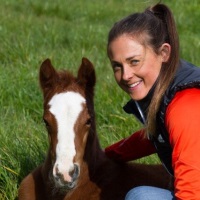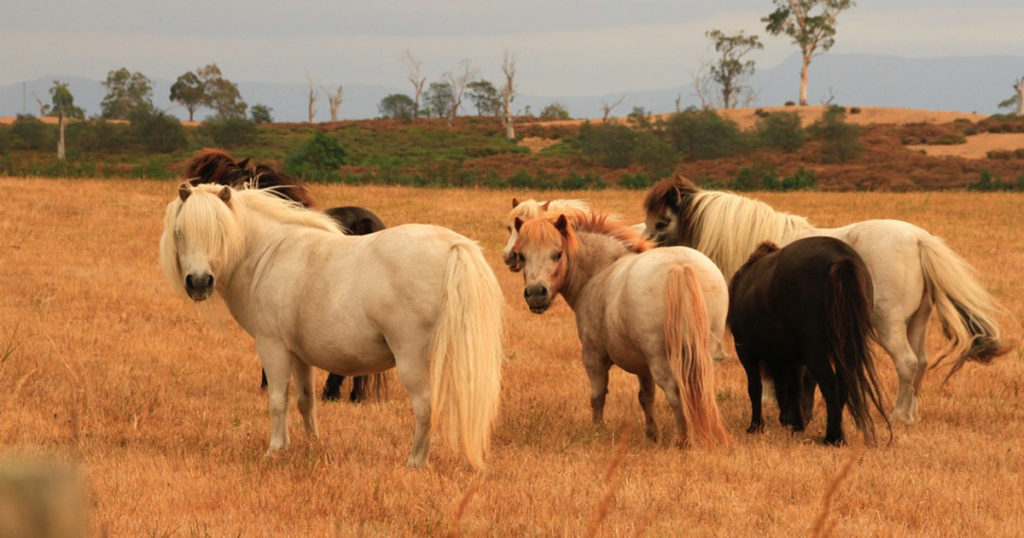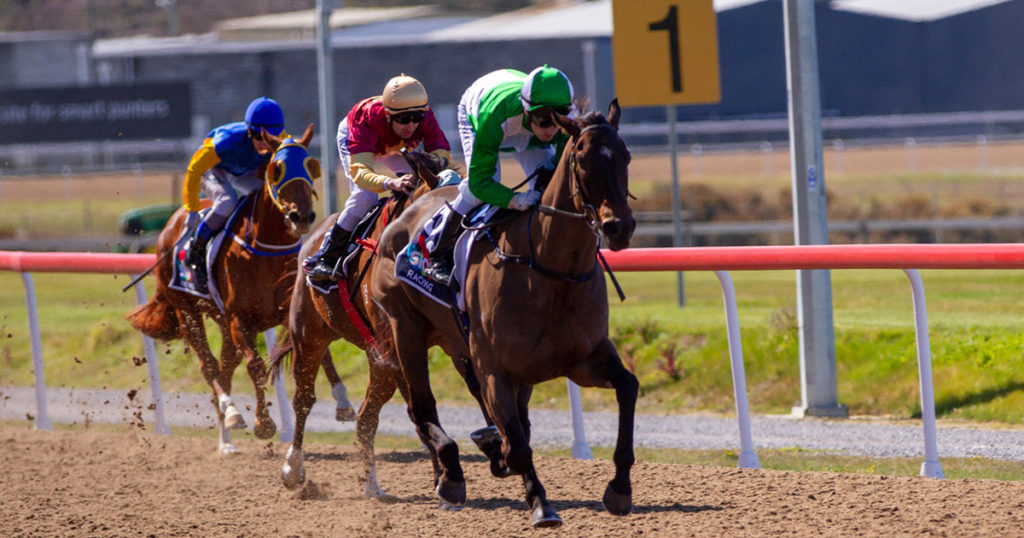Overweight horses and ponies can pose a real challenge for owners to manage. Particularly at times of the year where there is an abundance of lush feed. It is well known that higher levels of body fat in horses and ponies is associated with fertility complications, insulin resistance, equine metabolic syndrome and increased risk and severity of laminitis. Orthopaedic problems such as osteochondritis dissecans (OCD) in young horses, and osteoarthritis in our older equines are commonly associated with higher body fat levels.
Managing energy intake is certainly a critical strategy in successfully preventing and/or managing these conditions in our horses. It’s important to remember that there are numerous other highly influential factors on body weight, body composition and metabolism. These include exercise and activity levels, various hormonal levels, the effects of specific medications a horse may be on, and specific vitamin, mineral and other nutrient levels.
One of the most fascinating, yet less appreciated influences on a horse’s metabolic rate and body composition are the types and balances of bacteria that reside in their hindgut. Specific types of bacteria in a horse’s hind gut produce short chain fatty acids (SCFAs) also known as volatile fatty acids (VFAs) through a process of fermentation. Short chain fatty acids help to reduce the development and accumulation of fat cells, promote the breakdown of fats and reduce pro-inflammatory cytokines (thereby reducing inflammation). Short chain fatty acids may help to reduce body weight and improve insulin sensitivity- extremely important factors in managing the overweight horse and preventing further complications.
These bacteria need plenty of fibre to survive and thrive. This is one of the many reasons why starvation diets for overweight horses are not suitable. Severely restricting an overweight horse’s fibre intake often compounds the metabolic problems.
In order to successfully manage the overweight horse or pony (or prevent at risk equines from becoming overweight) we need to address all the contributing factors which influence their metabolism. Whilst energy (feed) intake is one of these components, the type of feed is just as important. Appropriately addressing activity levels, specific nutritional components and promoting optimal hindgut microflora are paramount.

Camilla Whishaw is a highly regarded, experienced horsewoman and naturopath, helping to holistically treat and manage a broad range of equine health conditions and injuries, with a passion for mare and stallion fertility.
As a world-renowned practitioner, presenter, author, and consultant in the field of Equine Naturopathy, Camilla shares her knowledge through keynote presentations, interviews, lectures, panel sessions, and workshop training.





